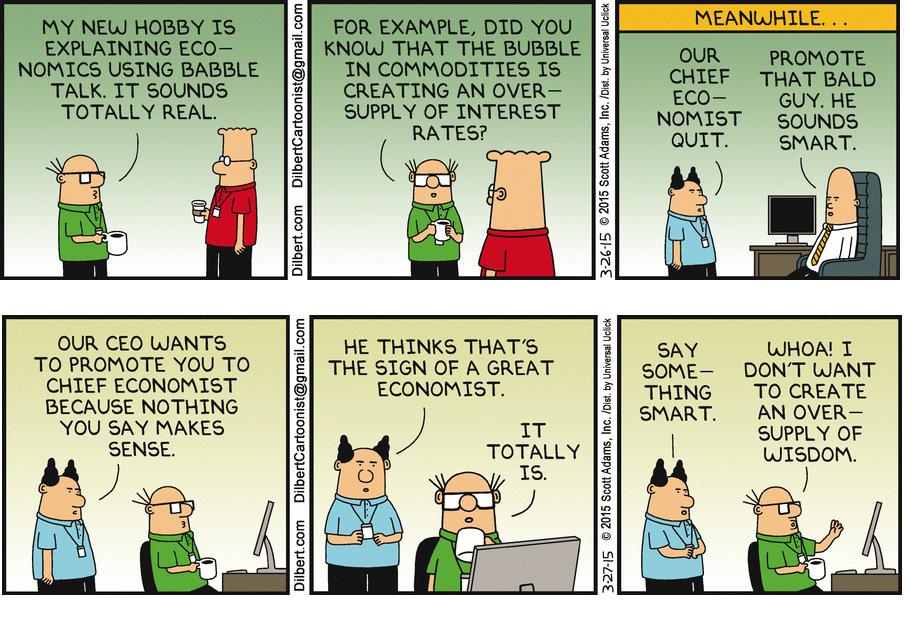 Successful system trading, in spite of the financial rewards, can be frustrating. A quantified mechanical model will take many decisions off the table. Yet, various issues, particularly the psychological approach to the issues, will always be in play.
Successful system trading, in spite of the financial rewards, can be frustrating. A quantified mechanical model will take many decisions off the table. Yet, various issues, particularly the psychological approach to the issues, will always be in play.
Ed Seykota in the book, “Market Wizards,” writes, “Systems trading is ultimately discretionary. The manager still has to decide how much risk to accept, which markets to play, and how aggressively to increase the trading base as a function of equity change. These decisions are quite important, often more important than trade timing.”
It seems most sophisticated traders are aware of the fact that a system needs to be properly quantified and tested before trading. The sample size of the trades needs to be large. These traders are familiar with the terms of curve fitting and optimization. I wonder, however, how many traders continue to study the model as they trade their equity. How many understand the logic behind the entries, stops, exits, and money management techniques. How many are adjusting position size to meet expanding and contracting volatility and changes in market correlation. (more…)




 Trading in the markets is a process, and there is always room for self improvement. So as we start the new year, here are my 11 rules that help me navigate the markets. By no means is this list exhaustive or exclusive.
Trading in the markets is a process, and there is always room for self improvement. So as we start the new year, here are my 11 rules that help me navigate the markets. By no means is this list exhaustive or exclusive. 1. Follow the Rule of Three. The rule of three simply states that a trade will not be made unless you can carefully articulate three reasons for doing so. This eliminates trading from an indicator alone.
1. Follow the Rule of Three. The rule of three simply states that a trade will not be made unless you can carefully articulate three reasons for doing so. This eliminates trading from an indicator alone.

